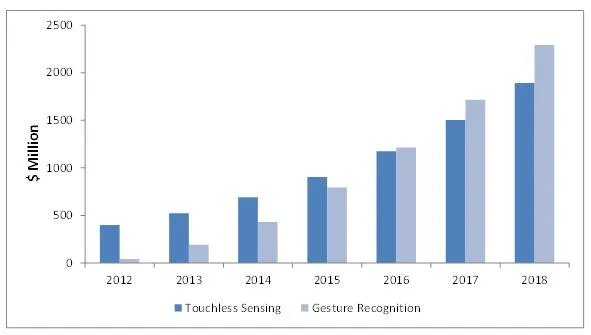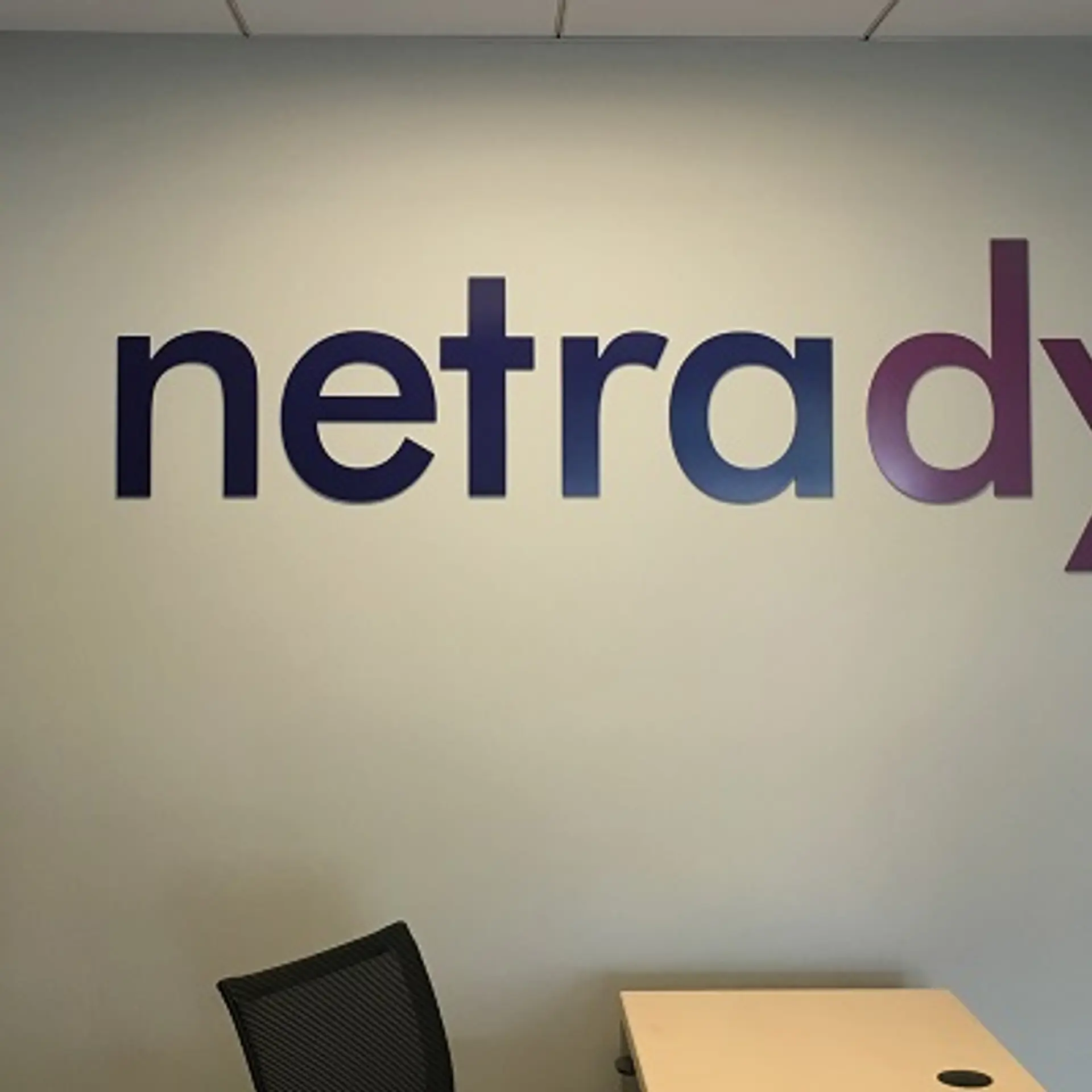How Indian startups are tapping into the $22 billion gesture technology market
Gesture recognition is the science of computers understanding human interpretation and thereby bridging the gap between intelligent machines and humans. The video gives us an insight into what can be done and what has been done.
(Google Gesture from August Östberg, David Svedenström and Ludwig Hallstensson is a fictional concept)
America is home to amazing applications like the Flutter App, which lets you control music player softwares like VLC, QuickTime, Windows Media Player etc. by integrating the existing webcam on your PC/Laptop. The recognition is quite accurate and once you start using it, you have an additional feature of a camera that sits at the top of your desk. This YCombinator company was acquired by Google last year. Intel has developed an interactive gesture camera developer kit which is available in India for various development purposes. Kinect by Microsoft is also used for supports movement, voice and gesture technologies.
There are various Indian companies and projects which are already disruptors in this segment and using it for the good. The market for gesture recognition products is expected to touch about $22 billion by 2020 and Asia-Pacific is the leader in the touch-less Biometric sector.

In Education
Gesture-based learning could promote active learning methods in classrooms. Delhi-based Nayi Disha has been promoting this gesture-based learning approach by making educational games for school children. This is an attempt to make active student-centric approaches to classroom learning.
To validate the gesture-based market in households and to venture into it, the venture has launched their Leap Motion App – Skywriting Alphabets.
In Consumer Space
Gesture Research has developed a pod for the retail apparel sector. Using it, stores can display their catalog of products. The customers can check their appearances on the screen with few gestures like a wave of the hand.
iView from Ahmedabad is delivering hi-tech interactive products, services and system integration solutions. They have developed an interactive screen and window display system to use in malls, shopping centers, theme parks, corporate showrooms etc. They are also engaged in building mobile apps for their customers.
In Gaming Space
Rolomotion is a technology that tracks various movements of smartphones and allows users to play games using the natural motion gestures on television. They have won the prize for being the most innovative product in the Entertainment category at the 27th Annual Edison Awards, which is often dubbed as the ‘Oscars of Innovation’.
In Mobile Space
Cube26 is playing with gesture control technology and provides original equipment manufacturers with features including Look away to Pause – a video player that automatically pauses when the user isn’t watching; Auto-call – which automatically triggers a phone call when a user brings the phone to their ear; Touch-less Swipe to answer - allowing users to answer their phone without having to touch it.
In Other Spaces
Trutech is the umbrella under which the Agrawal brothers, Abhinav and Raghav have started up The Fluid Motion. The Fluid Motion offers applications in various distinct categories like displaying information, retail app to check the portfolio of products, computer controlled boardroom app and an app for interaction with a 3-dimensional image, design or blueprint which is rendered on the screen.
Abhinav mentions that the technology which they are working on and the products they have made, is ten years ahead of its time.
Student Overview
This technology is surely to disrupt the devices which are in trend, from 3D Printing to Wearable tech, almost everything has progressed to gesture recognition. The proof lies in the work of IIT Bombay students have done and then uploaded on GitHub (a code sharing platform).
If you are a company/individual doing something innovative in this sector, do let us know about your innovation in the comment section below.







